California Dreaming
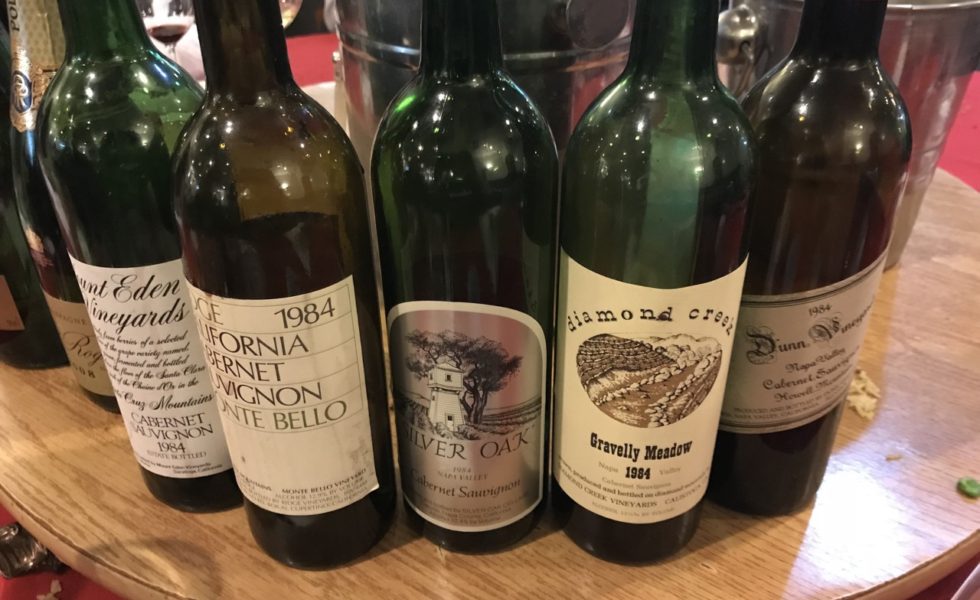
Fine Cabernets from 1984
By Panos Kakaviatos for wine-chronicles.com
11 February 2018
A few years back, I attended a symposium of Masters of Wine in Florence Italy. It was a fantastic gathering, and I learned many things about the world of wine.
One negative memory, however, also sticks in my mind: a California producer sponsoring a lunch and serving too many over-the-top BIG wines that still seem to define California. It did not help that they were served on a hot afternoon, but still.
Now, I am not a California wine expert by any means, having focused the vast majority of my wine tasting to France and other so-called Old World wine producing regions and countries. So, yes, I have some basic knowledge that reflects as well my upbringing in the U.S. – with childhood memories of Orson Welles flagging simplistic American wine in the 1970s for example, long before we even thought of evoking Cult Cabs that cost loads of cash.
Of course, those who appreciate fine wine know that California is capable of making wonderful reds of both balance and refinement. I have posted about this as well in the past. For example, take a look at this tasting from 2015.
The famous “Judgment Of Paris” confirmed that back in 1976, when French judges deemed California wines better than their French counterparts. And not just any counterparts, but wines like Château Mouton Rothschild and Montrose, among others.
Back in the 1970s, California wine was not being made so meticulously as it is now, fermented for example in redwood and aged in old Whiskey barrels: About as far away as you could get from Cult Cabs chasing Parker points. Alongside, you had some terribly average and boring mass market jug like wines – still available today.
Getting into the history: a really cool podcast
A few years back, I discovered an informative podcast from the Guild of Sommeliers: an interview with with Kelli Audrey White, author of Napa Valley Then & Now on the last hundred years of Napa Valley, where she explains how California reds from as early as the 1950s can be amazing – even today – and why she considers the 1970s to be a “golden era,” when alcohol levels were low, and subtlety higher.
Why the 1970s?
“A dynamic era for Napa,” she says. If she could “freeze” one moment in time for wine exploration in California, it would be the 1970s with wines like Mondavi, Diamond Creek, Grace Family, Phelps Insignia, early Clos du Val and the first vintages of Caymus, very “Dunn-like” she explains.
Most of the Napa Valley was dry farmed in the 1970s, she explains in the podcast, and irrigation only began to take hold in the 1980s. A huge drought in 1976 and 1977 convinced growers to adopt irrigation, as they had lost money. But by the 1980s, “mistakes were made” with excessive acidification and over irrigation, which increased yields and led to thin, hard wines.
Another factor was wine popularity, ironically: especially after Paris. What happened? A move away from young winemakers “getting their hands dirty” to owners not making wines themselves. Winemakers were hired, who used acidification and filtration like “new toys,” she explains.
Our tasting of 1984
Thankfully, it seems that by 1984, that trend had not yet truly made its mark, at least for some brands. David brought, for example, a wine from Dunn, which was making excellent wines in the 1980s, White says in the podcast. Besides, the 1980s were not yet touched by the rush to bigness that started in earnest in the 1990s… We were not trying any “Cult Cabs” to be sure.
David had purchased these California wines – all from 1984 – some 30 years ago, which he left in a climate controlled storage container in New York City. So when we gathered at Mark’s Duck House in Falls Church Virginia on the first day of February 2018, we enjoyed a treasure of California Cabs from another era. For the most part, they were all at least really good.
Tasting Notes
We began the evening with a couple of fine Champagnes. The Bollinger R.D. 2002 – thanks to Randy McFarlane – displayed much power and verve, with depth and breadth and iodine freshness.I also enjoyed very much the Pol Roger Blanc de Blancs 2008, for its energy. Both of these went well with shrimp dumplings from this fine Chinese restaurant, long known as a wine-friendly locale in the Washington D.C. area.
All wines below date from 1984. As usual, if in bold, I liked in particular. If red and bold, even more. If underlined, too, a kind of wine nirvana.
Mount Eden Cabernet Sauvignon 1984 – Mount Eden’s estate vineyards began to be developed in at the end of World War II by legendary vintner Martin Ray on a mountaintop in the Santa Cruz Mountains. The heritage of Mount Eden Cabernet Sauvignon dates back to the 1890s, when viticulturist Emmett Rixford of Woodside, California, obtained selected cuttings from Chateau Margaux. Rixford planted his famous La Questa Vineyard with these selections, in the same proportions as found at Margaux. In the late 1940s Martin Ray planted his first Cabernet vineyard with cuttings from the La Questa Vineyard. Present-day Estate Cabernet Sauvignon vines were planted in the early 1980s using cuttings taken from these vines. This 1984 vintage exudes cigar box and loads of eucalyptus. Quite alive and smooth, and went very well with the Peking Duck. The alcohol level is 12.8%. Over time in glass, the wine began to fade. Hardly the best of the wines of the evening, but certainly a pleasure and a revelation for anyone thinking that Napa Valley Cab is about bigness. 91/100
Ridge Monte Bello Cabernet Sauvignon – For most consumers, Ridge makes some of the very best wine of California, and it enjoys a long history, too, beginning in the late 19th century, when Osea Perrone bought 180 acres near the top of Monte Bello Ridge, where he terraced slopes and planted vineyards. Using native limestone, he constructed the Monte Bello Winery, producing the first vintage under that name in 1892. As with all wine, the Prohibition years interrupted things, but the estate enjoyed a series of talented post war winemakers who were making great wines already into the 1960s. In the modern era, the talented Paul Draper, who retired less than two years ago after nearly half a century at the estate, became synonymous with Ridge. Indeed, as Decanter noted: “Draper made Ridge Vineyards a beacon of balance and consistency in a state where wine styles sometimes seem to be in constant flux.” More on winemaking philosophy at Ridge here. How was the 1984? At first, it seemed a bit lean. “Not a great bottle,” said David. “It should have a nose that just jumps out of the glass.” But as it sat in glass, it got better and better; we simply popped and poured the wines … The palate is very elegant throughout and the alcohol is 12.9%. The wine revealed pleasing notes of leather, plum and tobacco and even some floral notes. It just opened up with time, and seemed juicier on the palate than, say, the Dunn, which we tried later and seemed at first more impressive. In the end, this wine proved to be the smoothest and most elegant of all over dinner. 94+/100
Silver Oak Napa Valley Cabernet Sauvignon – The Silver Oak estate does not have as long a history as either of the preceding wines. Raymond Twomey Duncan, a Colorado entrepreneur who began investing in California vineyards in the late 1960s, and Justin Meyer, a winemaker and former Christian Brother, began in a Napa Valley dairy barn in 1972, producing only 1,100 cases of their inaugural vintage. Over the next two decades, Silver Oak grew in popularity. The Napa Valley and Alexander Valley Cabernets sold quickly upon release from the winery and became sought-after staples on restaurant wine lists. Things changed with Daniel Baron in 1994, after Justin retired, selling his share of Silver Oak to the Duncan family in 2001. The 1984 is part of the original era. At 12.4% alcohol, it proved to be the lightest of the California Cabernets we enjoyed this evening. It started out smoothly enough, with pleasing notes of black olive and baked fruit albeit with tannins just a bit rusty, even if somewhat sweet. And it seemed to fade more quickly than the others. Overall, about as far and away as one could get from a Big Cab … 88/100
Diamond Creek Gravelley Meadow Napa Valley – Diamond Creek Cabernet Sauvignon is one of Napa Valley’s iconic wines. Founded in 1968, Diamond Creek is California’s first exclusively Cabernet Sauvignon Estate Vineyard. Visionary pioneer Al Brounstein defied modern conventions and planted Bordeaux varietals on the secluded Diamond Mountain. The three vineyards produce a small amount of long-lived wines that are often elegant with depth and richness, and respected by connoisseurs. The five-acre Gravelly Meadow vineyard is Diamond Creek’s second coolest micro-climate. Originally a pre-historic river bed, the stony, gravelly soil drains rapidly and the vines struggle for moisture. At 12.5% alcohol, the wine exudes cedar, black olive, and minty eucalyptus, albeit lighter notes of that when compared to the Mount Eden. For a wine nearly 35 years old, the nose is quite fresh “They’ve kept their fruit,” David remarked about this wine. Indeed, one gets as well subtle blackberry pie notes. Quite delicious overall! 92/100
Dunn Vineyards Napa Valley Howell Mountain – First with Caymus Vineyards, where Randy Dunn was winemaker from 1975 through 1985, and then with his eponymous Dunn label, whose first release was a 1979 Cabernet from Howell Mountain fruit, Dunn’s wines have “made people take notice” according to one vendor. Since 1979, the grapes are harvested from 35 acres of Cabernet Sauvignon on Howell Mountain. The wine comes in a distinctive bottle that is hand dipped in red wax – and it was easier to open than we had expected! Among all the wines tasted – this had the highest alcohol content among the 1984s, at a hardly whopping by today’s standards 13%. The darkest colored, it reminded me a bit of how Léoville Las Cases in Bordeaux takes the longest time to age. Indeed there was something almost primary about this 1984 being tasted in 2018. The nose gave off a deep, serious ripe fruit derived perfume. The color was lovely and rather dark for a wine this old, but not matte or “old” looking. The palate exuded a certain depth, but with a sort of “fresh”creosote aspect that gave away the age perhaps. And yet, much precision and even sumptuous blackberry, more pronounced and fresher than that encountered above with the Diamond Creek. The palate is indeed dense. The only drawback seems that the finish comes across as somewhat drying, somewhat hard, which puts this wine just behind the overall champion this evening (Ridge Monte Bello). 93+/100
So many thanks to David Zimmerman for sharing his treasure trove with us.
To be sure, after having been to recent tasting dinners with excellent Bordeaux – including Trotanoy 1975, Palmer and Latour 1970, Cos d’Estournel and Léoville Las Cases 1990 – only one of these California wines (Ridge Monte Bello) approaches the charm and elegance of any of the above. But still. The experience only further urges me to seek out older California vintages. More important, to seek out California producers who are dialing back on the Cult Cab style, and making more elegant and refined wines.
Any readers out there with suggestions are more than welcome.
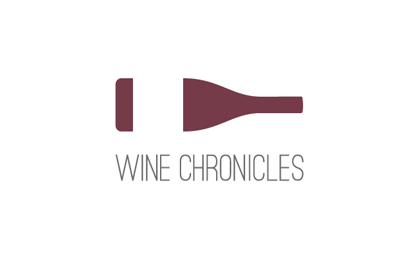 Wine Chronicles
Wine Chronicles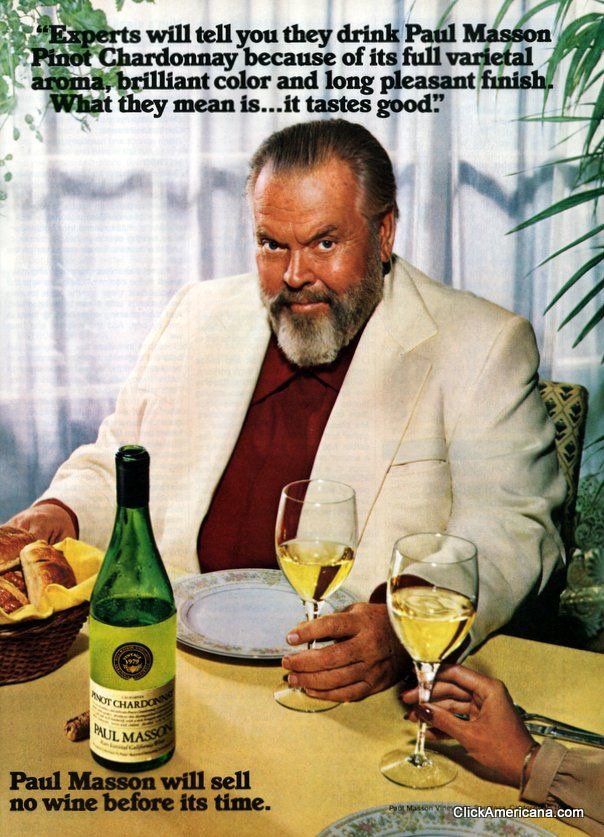
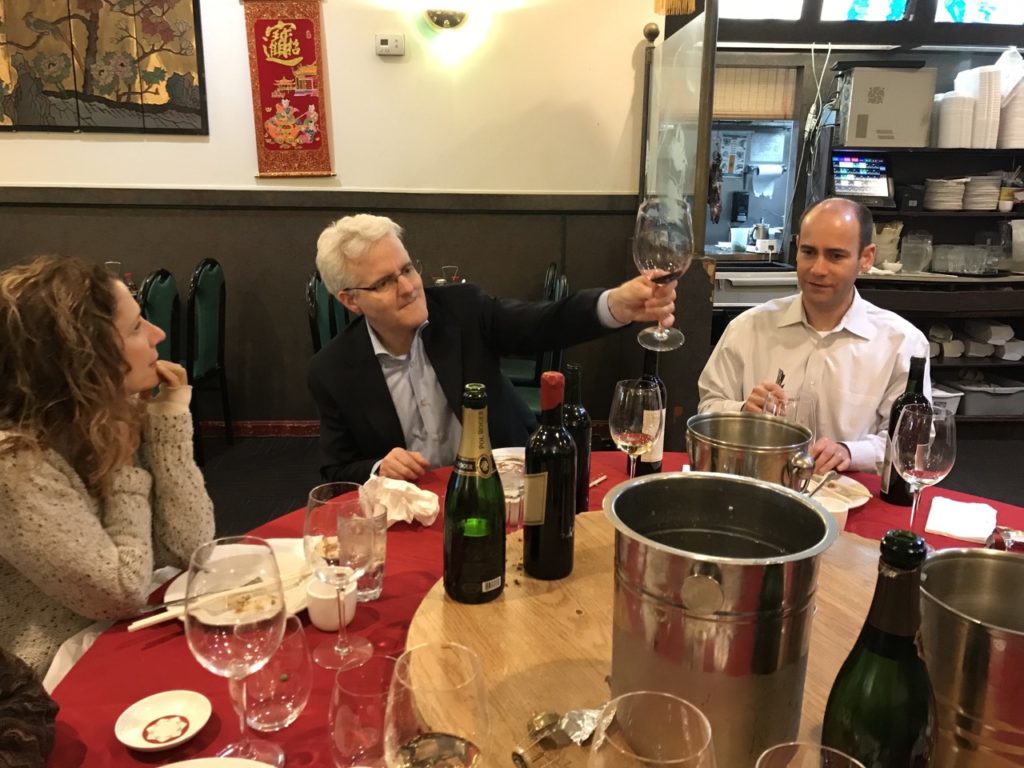
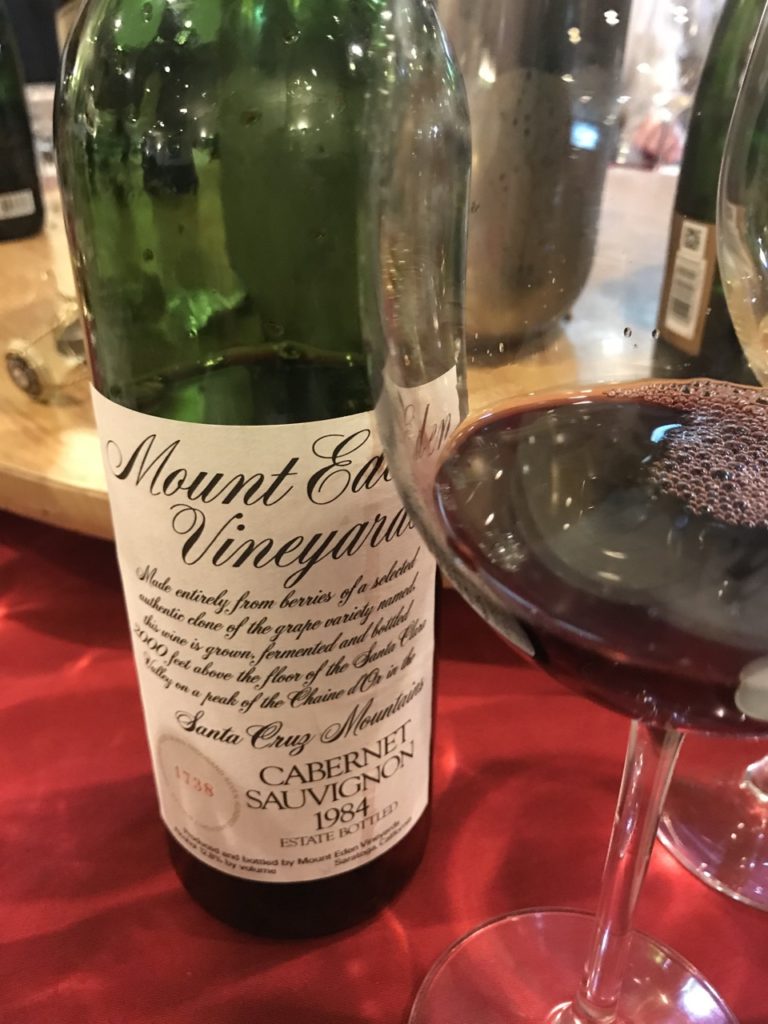
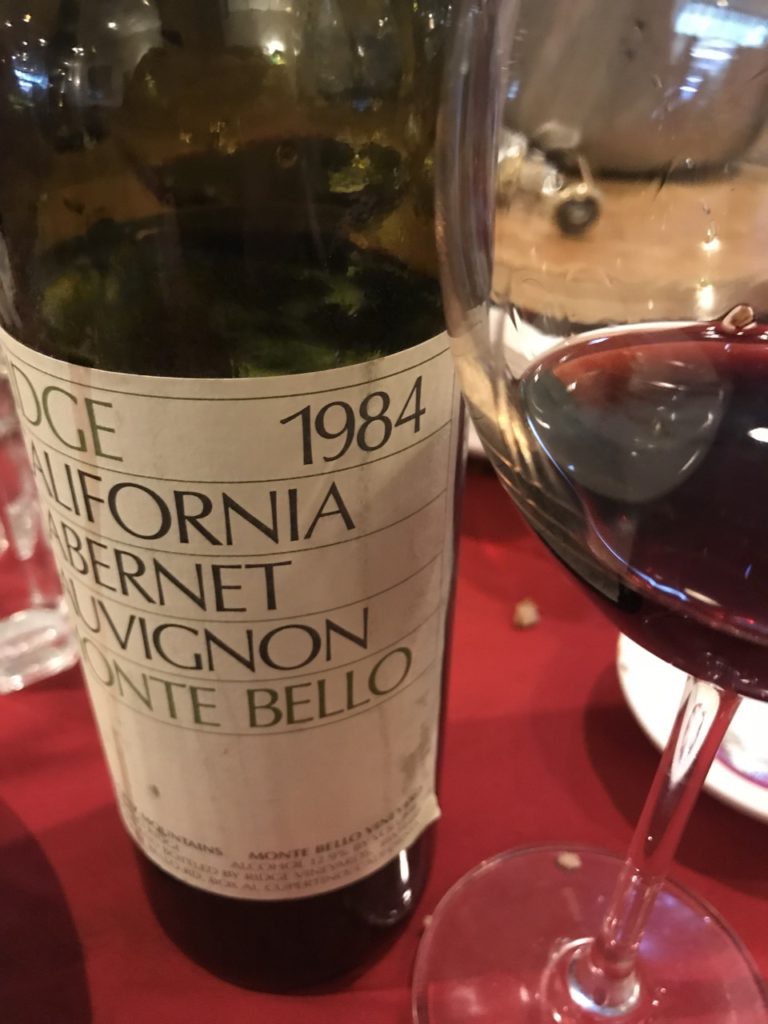
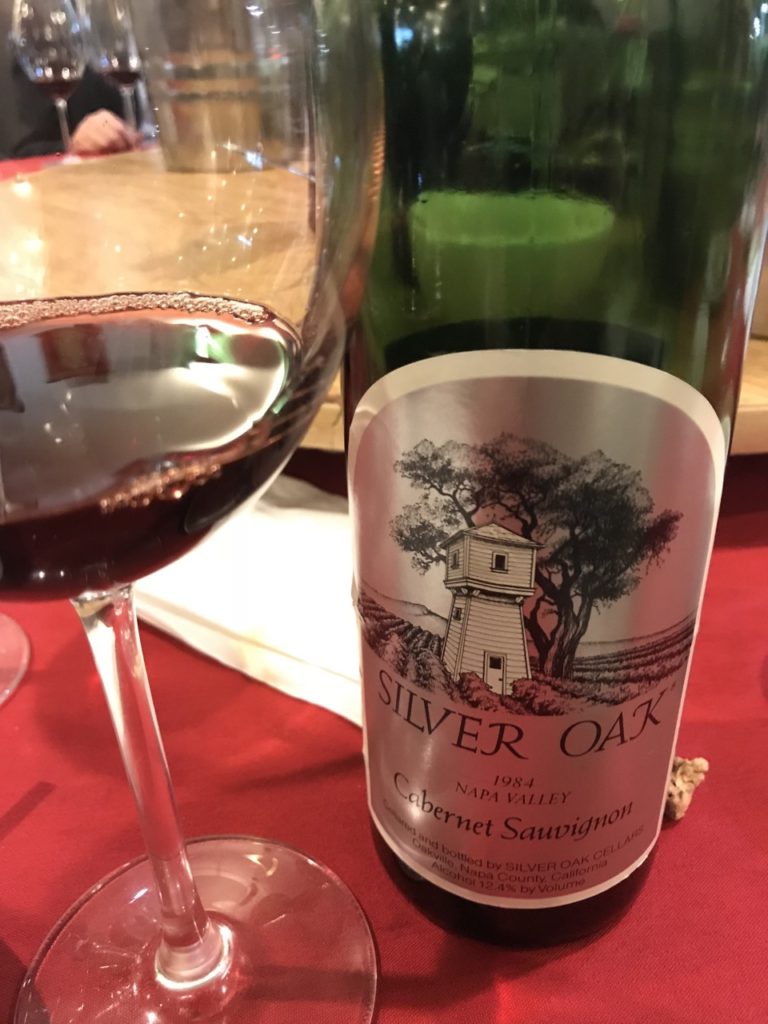
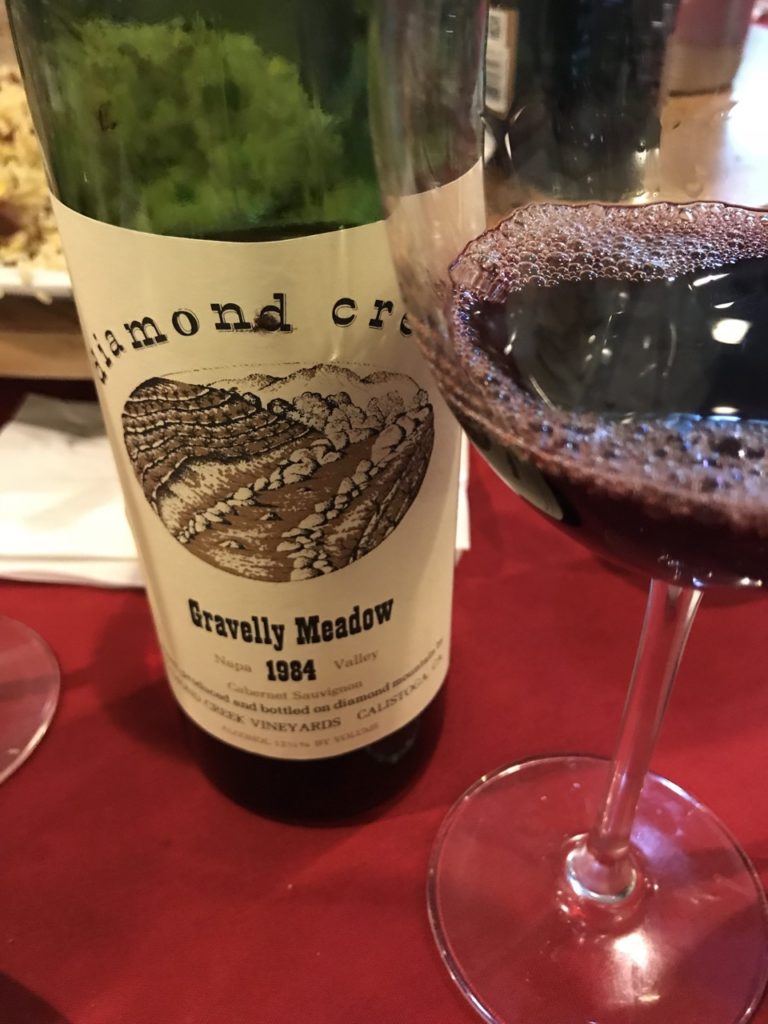
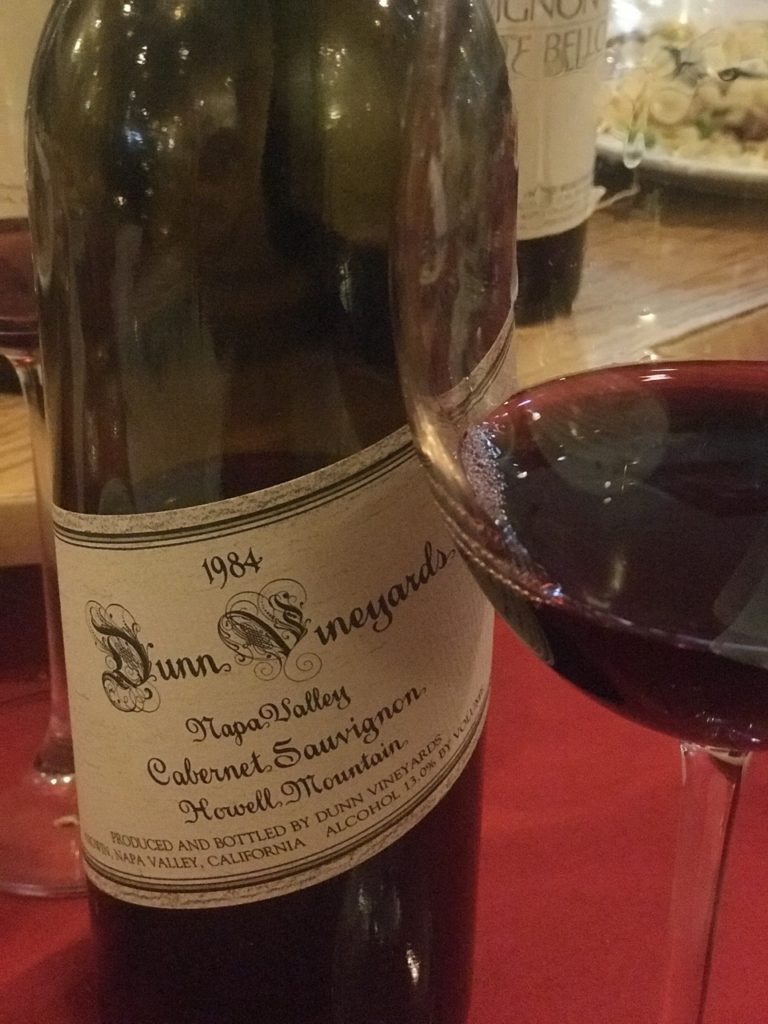
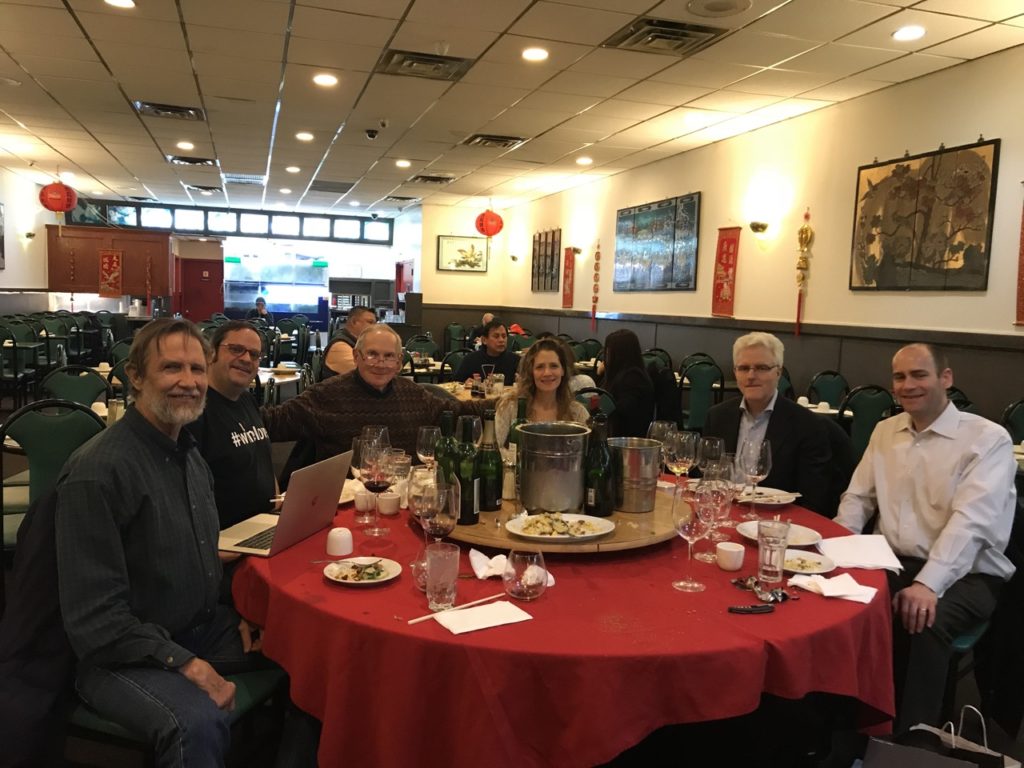
Share This